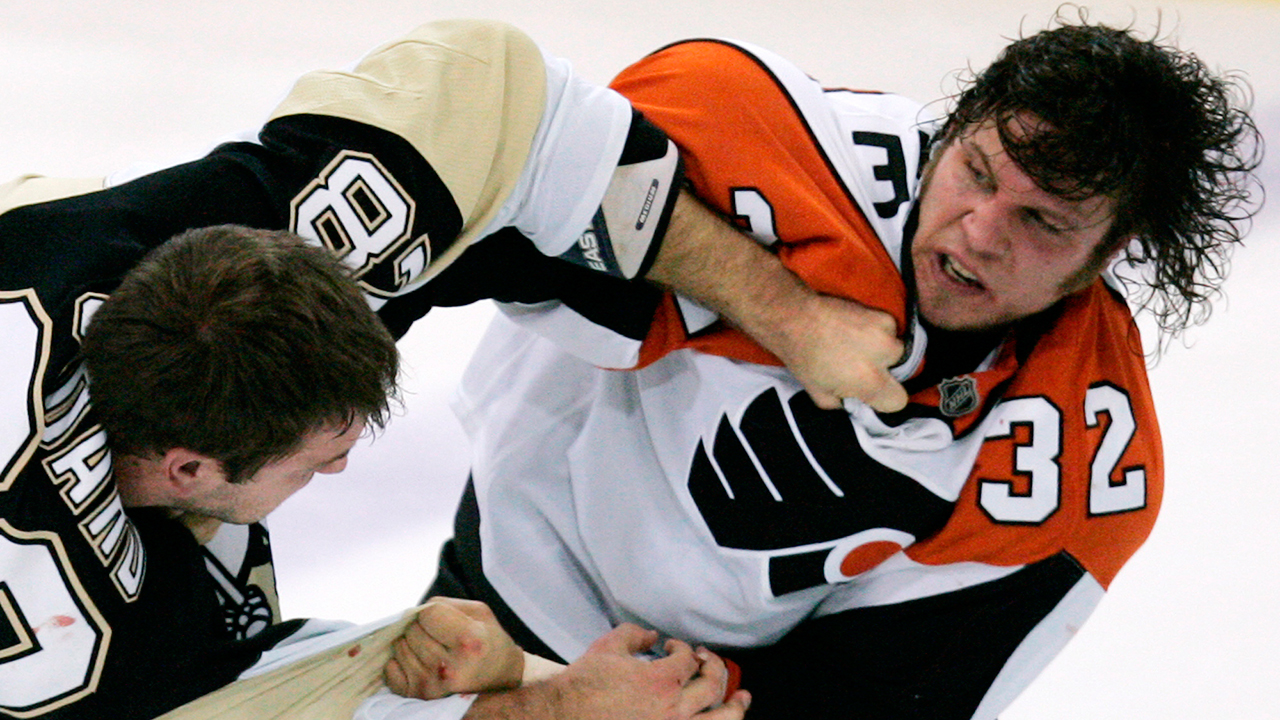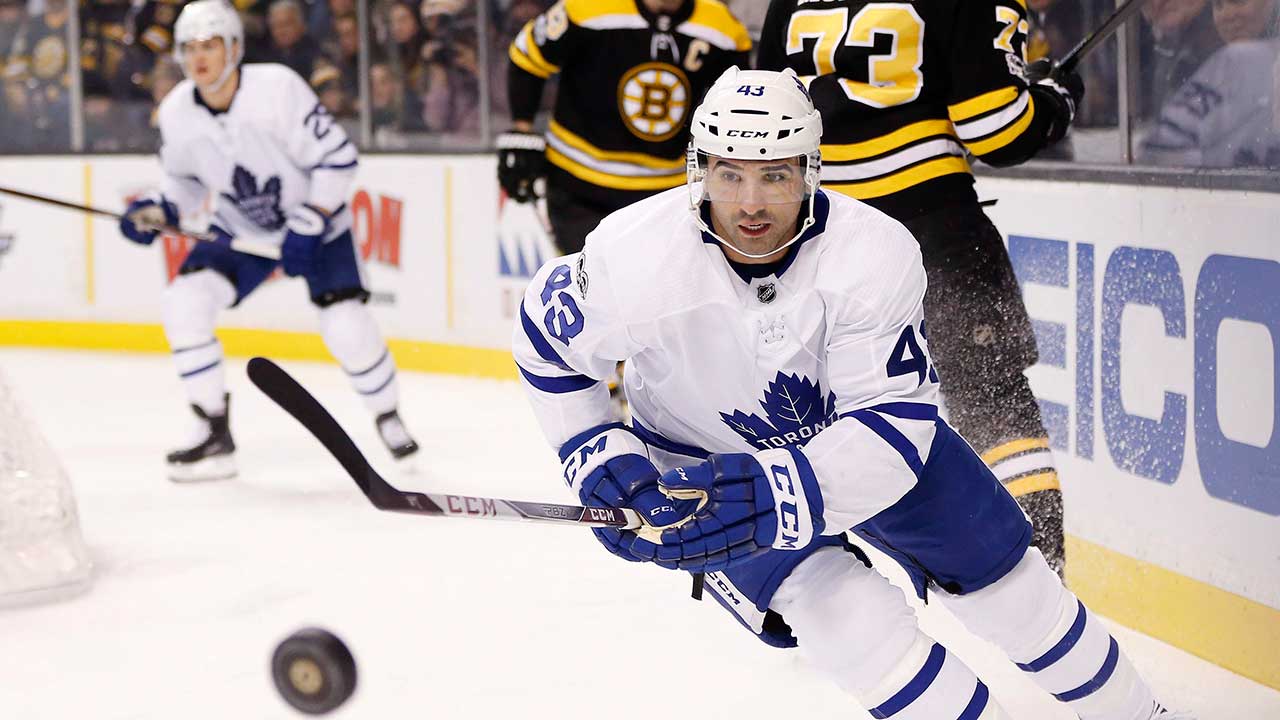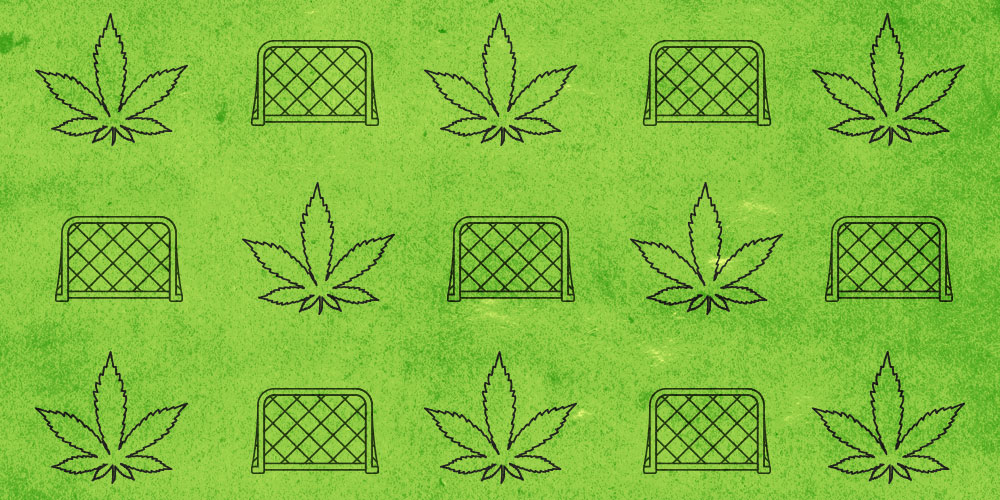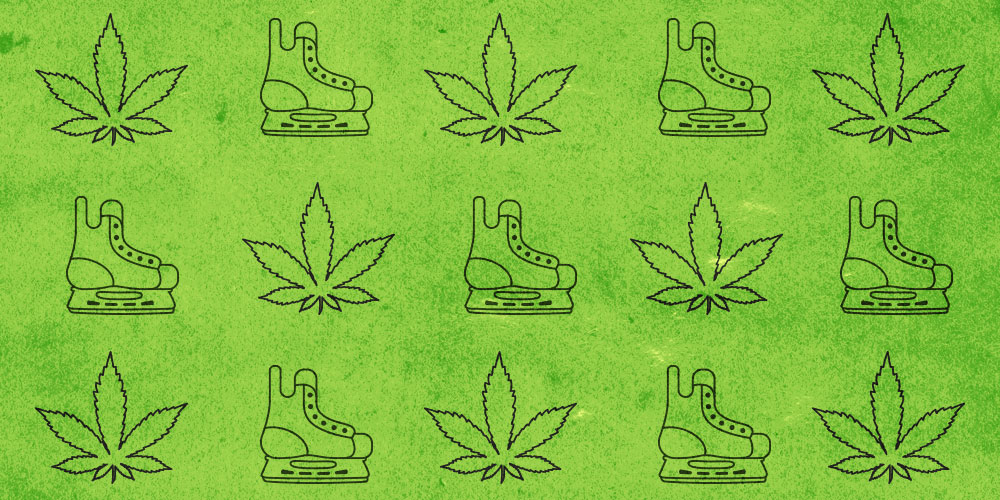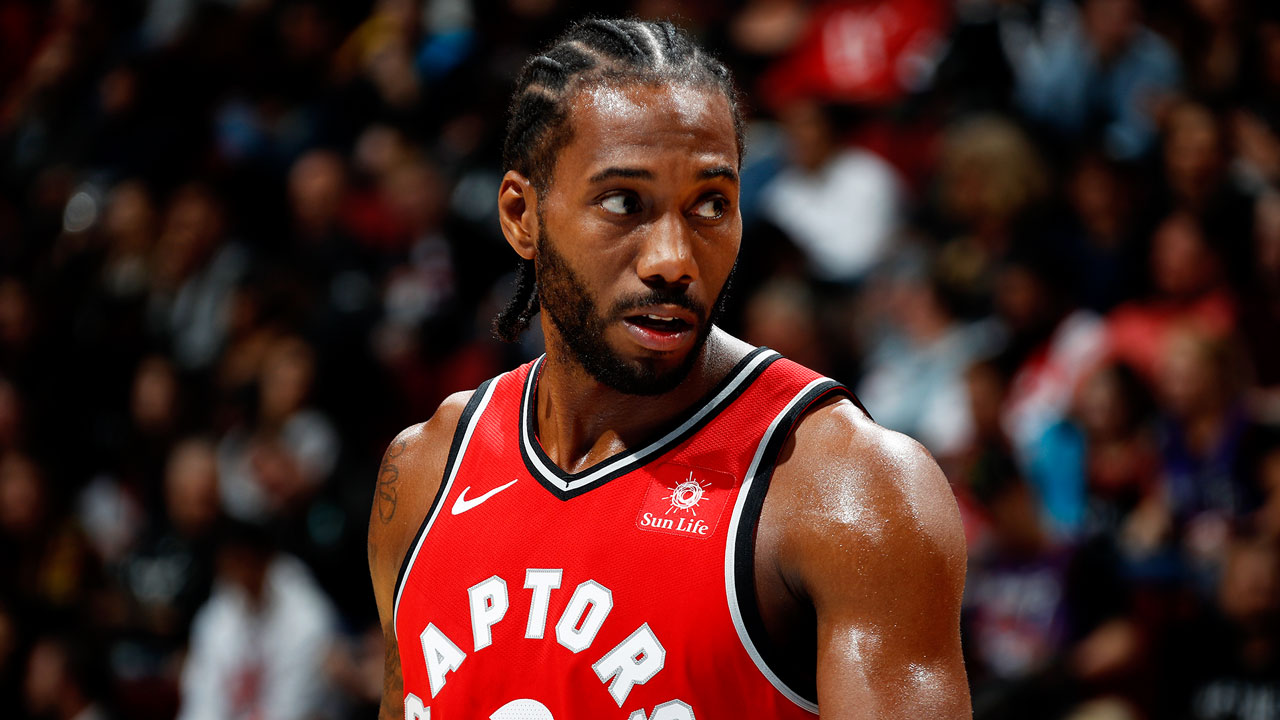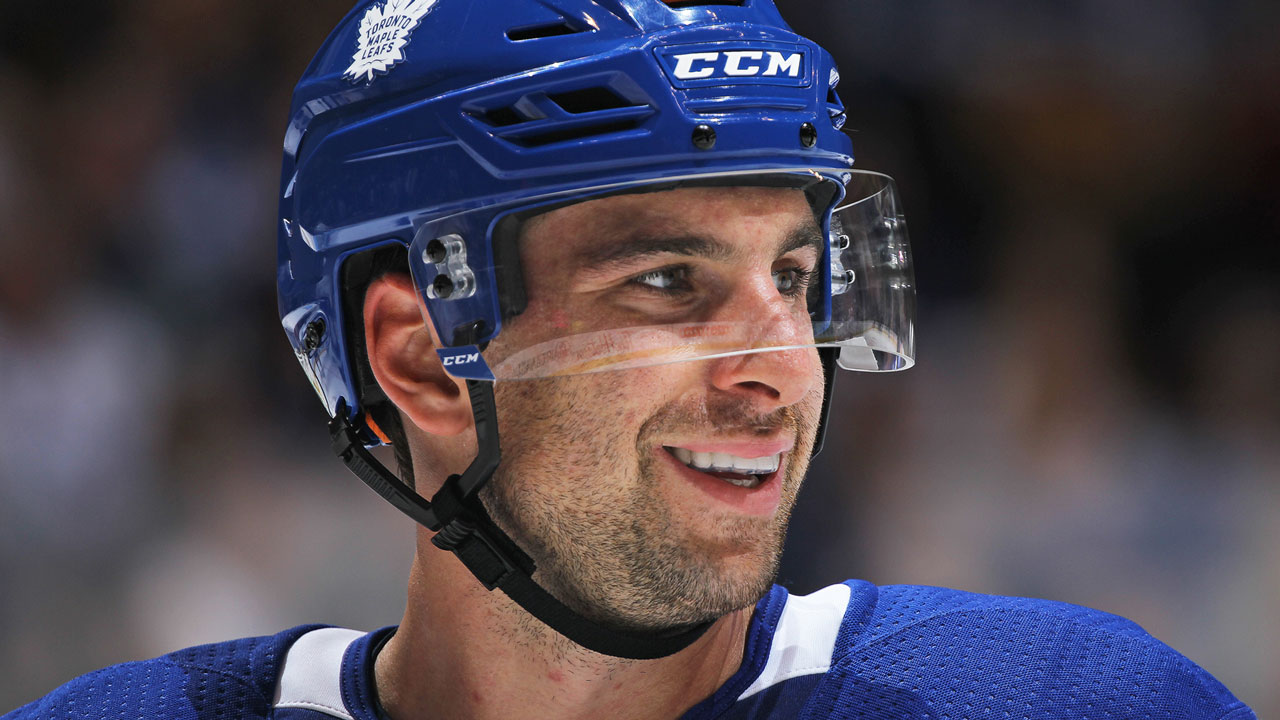While the debate around marijuana use in hockey is nuanced, my reporting suggests NHL executives’ attitudes are not: Most have a low tolerance for anyone in the game who is even an occasional marijuana user; despite marijuana’s potential utility for pain management and anxiety treatment, at least a few executives want nothing to do with any player who touches the stuff. “If I knew that one of my players was using [marijuana], hell, yes, I would be concerned,” said one GM.
The position of the Old, Old School was articulated by Don Cherry on Hockey Night in Canada years back around the news that snowboarder Ross Rebagliati had been stripped of his 1998 Olympic gold medal: “You start with marijuana, then you go to cocaine, then you go to heroin.”
Current NHL execs wouldn’t go to that extreme, but still consider it stuff that ruins careers, that will derail a star player who gives in to temptation. Okay, it’s not right out of Reefer Madness, but when you’re talking about contracts that pay north of $50 million in total, you can understand why they get alarmed. If your team is counting on building through the draft, tapping an 18-year-old with any known vice that could negatively impact his play is problematic, and marijuana is still mostly seen as one.
This is a virtual consensus among GMs, but not a consensus across the entire business. If you look at those who report to the GMs — the staffers who sit beside them in the executive box or at the draft table, or those out in the field looking at draft eligibles or working with prospects — you’ll sometimes hear a dissenting opinion.
This is the story of how attitudes about marijuana will inevitably become more progressive over time. This is a story told by a guy who has recently left the playing ranks and taken a job in a NHL team’s front office. He’s encouraged by the fact that marijuana is being legalized in Canada, in part because he uses marijuana on a regular basis, just as he did in his playing days. Let’s call him Bud.




